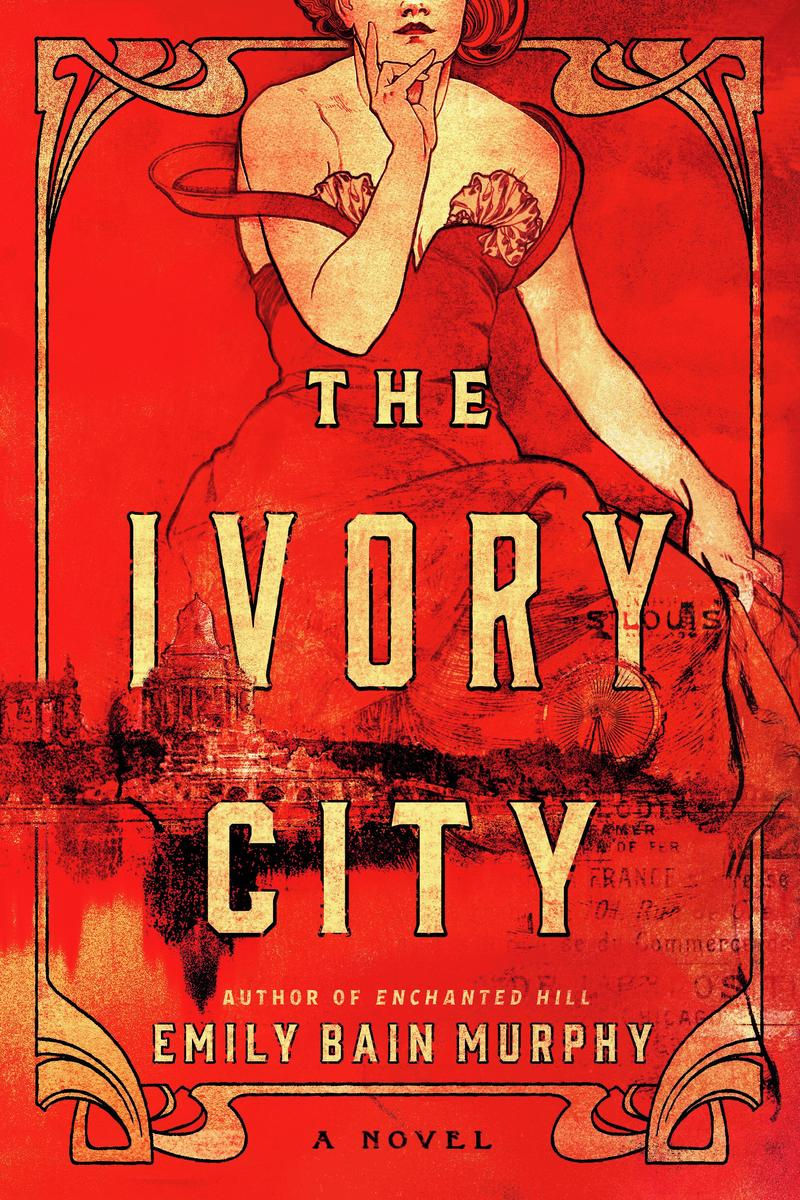"The Demon of Unrest" | Reviewed by William Winkler
- William Winkler
- Apr 29, 2024
- 2 min read
Journalist Erik Larson is known for his works of historical non-fiction. Notable titles include “Devil in the White City,” an account of a serial killer set against the backdrop of Chicago’s Columbian Exposition of 1893, and “Dead Wake,” detailing the 1915 sinking of the RMS Lusitania, an event which helped propel the United States into World War I.
Larson’s most recent book, “The Demon of Unrest,” describes the social, economic, and philosophical elements leading to the Confederate shelling and capture of Fort Sumter, the Federal garrison on an island in Charleston, South Carolina’s harbor, the event igniting the American Civil War.
This is not a book of dry facts. Larson tells his story through the voices of those who were there, words extracted from their letters, diaries, and journals.
Among those voices is Major Robert Anderson, commanding officer of the troops defending Fort Sumter. Although not a strident abolitionist, Anderson holds fierce loyalty to the Army, and to the union it defends.
The voice of Mary Chesnut, wife of a slave owning planter, resounds through the narrative. Even though her livelihood and societal status are based solely on her family’s slavery-derived plantation income, she expresses deep ambivalence about the morality of slavery and the secessionist fever rampaging through the south.
No such doubts plagued Edwin Ruffin, a Virginian whose ardor for secession by the slaveholding states is boundless. He misses no opportunity to rattle the swords of his hatred for the North and his defense of the institution of slavery. His notoriety earned him the honor of pulling the lanyard that fired the first shot at Sumter on April 12, 1861.
And we are offered yet another look at Abraham Lincoln, president for only five weeks when Sumter fell. Larson offers a glimpse at the secrecy under which Lincoln was forced to enter Washington prior to his inauguration, secrecy prompted by the very real possibility of plots to assassinate him before he could take the oath of office.
Larson’s stories are the result of deep research into the individuals of the time. He does not employ research assistants (“Why should I let anybody else have all that fun?”). His characters have lives of their own, not derived solely from the author’s imagination.
“The Demon of Unrest” is a large book, but a brisk read. It will appeal not only to those interested in the history of one of America’s darkest eras but also to those who enjoy well-developed portraits of the actors of those days.

.png)





Comments